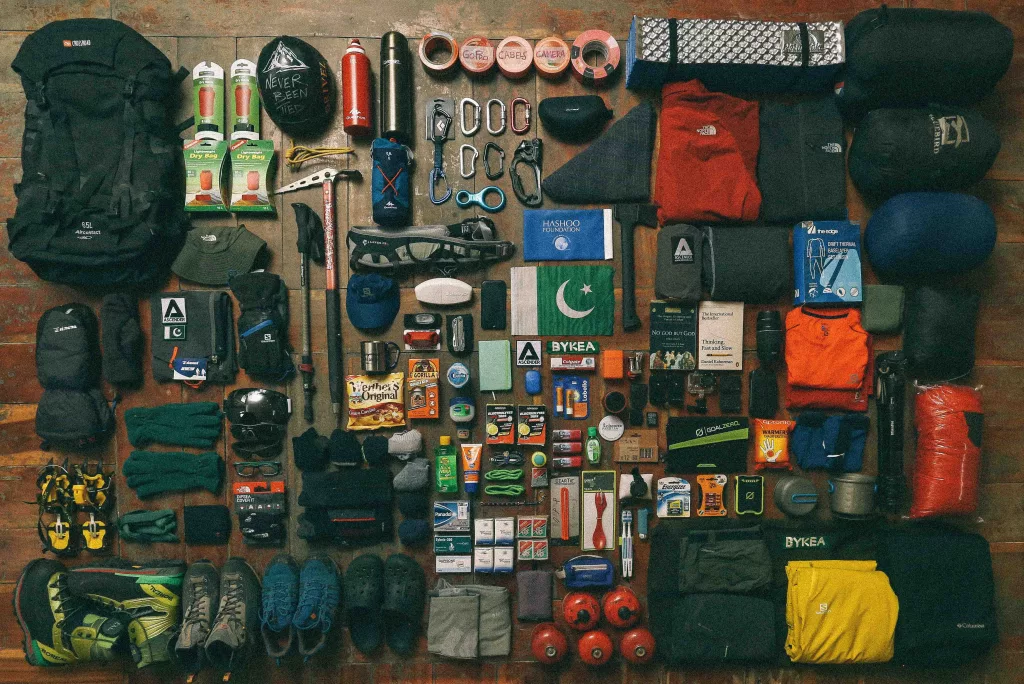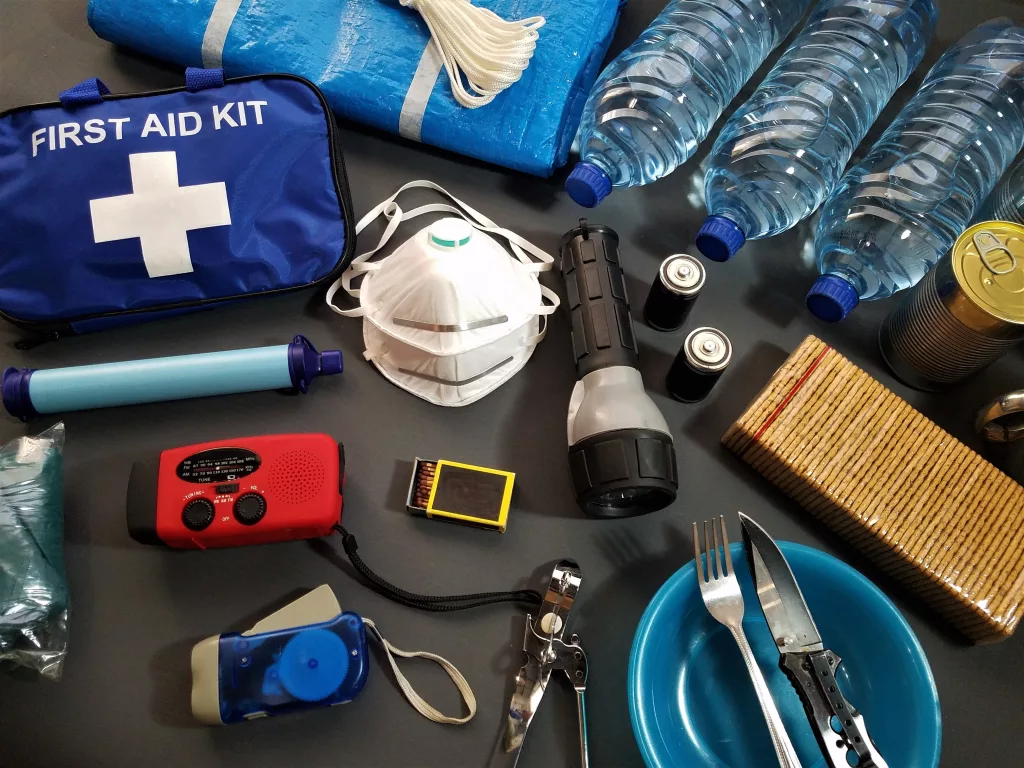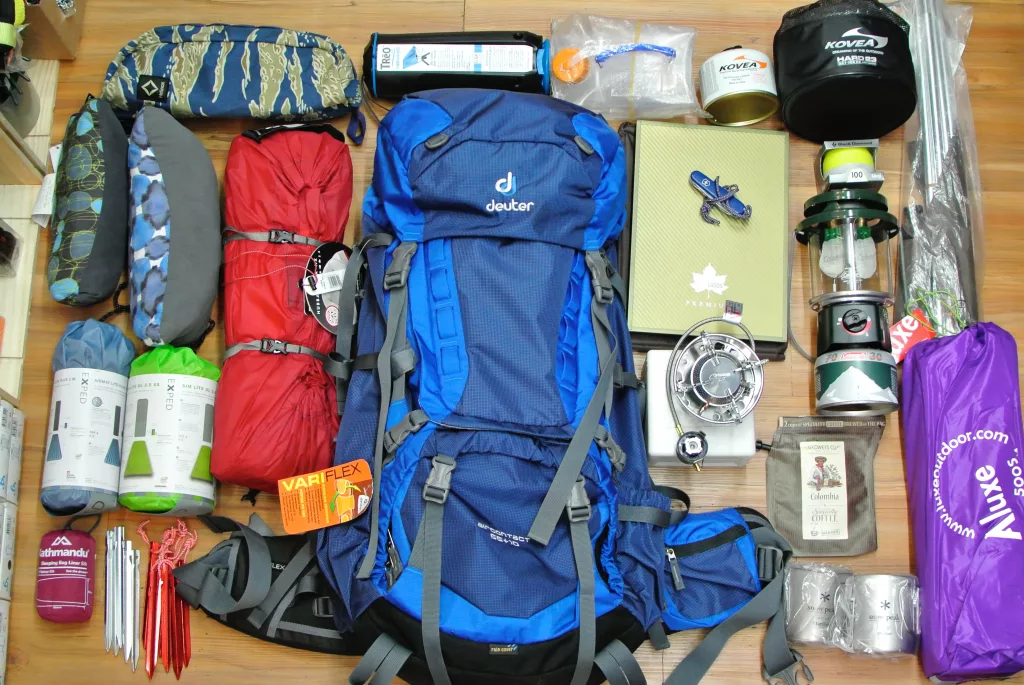The wild is calling to us from within, reminding us of times yet to be seen with the eye, marvelous vistas and memories. Be it crossing over rugged mountain trails, dense forests or vast lakes which present a hardship test and an opportunity to be close to nature. Entering this unruly world however does require preparation, the most important part of which is to make a wilderness survival kit.
Embracing the Wilderness Spirit-Outdoor Survival Kit
The wilderness with all its untrammeled glory is not just a point of arrival, it’s a furnace. It diminishes artifice, reveals our weak spots and tests blood and mind. Nonetheless, behind the spirit of this kind of crucible is the opportunity for great personal growth and self-understanding, as well as a spirit that grows stronger in the midst of adversity and cannot be shattered. This spirit is fueled by:
• Respect: The profound sensitivity for the ecology that derives from understanding that man is just one of the myriad living creatures in the natural world.
• Resourcefulness: The willingness and ability to think of something, to overcome obstacles by relying on one’s own resources.
• Resilience: One’s own inner determination to overcome exhaustion, terror, and pain to come out even more solidly rooted in life.
• Humility: Acceptance of human constraints and one’s actual position in the vastness of the wildlands.
Outdoor Survival Kit Is Even More Important The basic idea here is that.
Your survival kit is not just a set of goods, it’s your lifeline, a silent protector that works on your behalf to keep you healthy-and alive. With proper assembly, a kit gives one the ability to deal with any situation that may occur by surprise-from a torn boot to an encountering harsh weather or getting lost.
Just regard your kit as something you’ve created for yourself, a modified toolbox with all the tools you need to help you deal with the twists and turns of life freely.
Crafting Resilience for Adventure-Outdoor Survival Kit
A wilderness survival kit can’t be built to fit every person. Of course the contents will be different for everyone. They are based on individual needs, experience level, the environment in which one is traveling, and on trip length. However, some essential principles should guide your selection:
• Prioritize safety and survival: Pay attention to things that meet fundamental human needs such as shelter, water, fire, food and navigation.
• Choose quality over quantity: Spend wisely on the right long-term gear that won’t break down when you use it.
• Keep it lightweight and compact: On longer treks, even an ounce matters. Pick multifunctional items and avoid excess baggage.
• Personalize your kit: Add things to meet your personal needs and interests, such as medication or special equipment.
• Practice using your gear: Familiarity breeds confidence. Practice setting up your shelter, navigation skills and fire making prior to going outdoors.
If you bear these principles in mind and design your kit to suit individual conditions, then confronting the challenges of the wilderness with confidence and preparedness will be within reach.
Also remember that gaining access to the wilderness is a privilege, not a right. Treat this gift with respect, prepare carefully, accept the challenge and develop a spirit of endurance. This carefully constructed and well-equipped wilderness survival kit will be your silent companion in making lifelong memories and leaving your name on the pages of adventure.
Watch for our next two sections, in which we’ll go into greater detail on the fundamentals of wilderness survival equipment, outlining key categories of gear and providing professional packing pointers.

Shelter and Warmth: Your Fortress Against the Elements-Outdoor Survival Kit
Out in the wilderness, overcoming nature is vitally important. Be able to seek out or make protection and maintain heat are at the heart of matter both for comfort and survival. This part will focus on the basic items that every kit should include, to prepare you for any weather conditions the wild may bring your way.
Compact Tent or Tarp: Your Portable Sanctuary-Outdoor Survival Kit
Shelter in Challenging Weather Conditions:
The shelters that you choose will vary with the environment you are going to be in. On the other hand, a lightweight tent such as that used by most backpackers provides ample protection against rain and wind. Its small size and simplicity make it suitable for individual or group travel. But what if Mother Nature doesn’t play ball? When the weather or terrain is impossible to predict, a weighty four-season tent such as becomes your stronghold. The reinforced structure means that it can hold up against heavy snowfalls, gusty winds or hail, and you can rest easy in the stormiest weather.
Lightweight and Easy Setup:
On the trail you must remember that ounces matter. Choose tents constructed from high-strength but light materials such as ripstop nylon or Dyneema®. Their strength-to-weight ratio is impressive, and they don’t weigh heavy on the pack. Seek out other details such as quick-adjust poles and pre-harnessed guy lines for easy random assembly, particularly when struggling against the elements.
Bonus Tip: Before you go, familiarize yourself with pitching a tent! You should be familiar with the assembly process and any likely problems beforehand. This is sure to save you time and frustration when camping in the wild.
Sleeping Bag and Emergency Blanket: Your Cozy Companions-Outdoor Survival Kit
Insulation for Cold Nights–Outdoor Survival Kit
A good night’s sleep is important for resting your batteries and getting ready to adventure the next day. Pick a sleeping bag with the appropriate temperature rating for the conditions. Down bags provide excellent warmth-to-weight ratio; synthetic bags are cheaper and suitable for damp conditions. If you plan on using the bag year-round, however, a two season bag may be more useful. You can throw clothes or a liner inside the sleeping compartment to keep warm at night.
Retaining Body Heat in Emergency Situations:
Do not forget to carry along an emergency blanket, which is like the light insurance against hypothermia. The reflective material transmits your body heat, giving vital warmth in unexpected circumstances. If you’re caught in a sudden shower or are forced to spend an unexpected night outdoors, an emergency blanket could save your life.
Remember: The keys to survival in the wilderness are always shelter and warmth. Invest in quality gear, be selective about your equipment, and try out every piece before traveling. Once you have a dependable tent, sleeping bag and emergency blanket at hand, then you can walk in the wilds unreservedly with your own lean-to.
Keep reading to the next section, where we’ll discuss equipment and accessories useful in the wilderness that can keep you oriented or help you communicate.
Fire-Starting Tools: Mastering the Magic of Flame-Outdoor Survival Kit
Within the context of wilderness survival, there are few skills that offer such a primal appeal and practical necessity as learning to start a fire. Not only does a crackling campfire expel the chill, it also illuminates, gives heat for cooking and a primitive feeling of security in the face of the unknown. This section will introduce the basic equipment necessary for you to summon up this all-important element of fire wherever your environment.
Waterproof Matches and Lighter: Your Reliable Flames-Outdoor Survival Kit
Reliable Ignition Sources:
To be brutally honest, there’s something slightly romantic about striking a match while watching the little spark become a huge fire. Therefore, items such as UCO’s stormproof matches are a staple in any survival kit. Their heads sprayed with a special strike-anywhere compound, they make you a virtual wizard with fire no matter how damp the weather. If you want the convenience of lighter, there’s always a reliable one like the Zippo Windproof Lighter. Because of its wind-resistant construction and refillable fuel tank, it has become a must-have device for experienced outdoor enthusiasts.
Ensuring Warmth and Cooking Capability–Outdoor Survival Kit
Romance aside, fire also gives you warmth and a means to prepare food-two conditions necessary for survival in the wilderness. If it’s to escape the chilly night and have a sit around a crackling campfire, or boil water for an invigorating cup of tea, fire is essential to your continued survival and comfort.

Firestarter and Magnesium Flint: Your Backup Champions-Outdoor Survival Kit
Backup Options for Adverse Conditions:
Every kind of ignition source has its own limitations under such conditions. That’s where fire starters such as the TinderQuik come into play. These pre-treated wood shavings burn readily, however. A match dipped in damp debris is enough to spark them up and make a crucial difference in the darkest hour. If you want to be really thorough about it, take along a magnesium flint and striker. The sparks from the magnesium shavings are hot enough to light even damp tinder, making it a fallback option in adverse conditions.
Conclusion: Embracing the Wilderness Prepared-Outdoor Survival Kit
Exploring the wilderness is an adventurous journey of self-discovery, a challenge to one’s strength, and a opportunity for individuals to truly becomefriends of nature. Preparing to go into the unknown is just what this travel is about. A complete wilderness equipment set is not just about buying gear; it’s creating safety net that will enable you to head out into the midst of digging uncertainty with confidence and resourcefulness.
In this guide we’ve discussed the basics of your kit, including shelter and warmth equipment, fire starting tools, and navigation methods. Also, your kit is a customized one that should be adapted with your experience and particular requirements. Constantly research, upgrade, and personalize your gear so that it is like wearing a second skin in the wild.

Frequently Asked Questions (FAQs)-Outdoor Survival Kit
What form of wilderness survival package have to I construct?
The best package relies upon on your desires, environment, and experience length. Start with primary necessities like safe haven, hearth-beginning equipment, water purification, and navigation, then personalize it with items specific on your hobby (trekking, tenting, fishing and so forth.) and surroundings (mountains, wasteland, and many others.).
What should I do not forget whilst selecting tools?
Prioritize weight, sturdiness, and reliability. Opt for multi-useful items and avoid needless bulk. Research quality manufacturers and put money into equipment that might not fail you while wished.
How often have to I practice using my tools?
Before every journey, get yourself up to speed together with your equipment. Pitch your tent, practice hearth-starting strategies, and use your navigation tools in familiar settings. This builds self assurance and guarantees smooth operation whilst it subjects most.
What safety precautions have to I take within the desolate tract?
Always tell a person your plans and predicted go back time. Stay aware about climate modifications, keep away from solo journeys in excessive-threat areas, and be prepared for emergencies. Respect wildlife, follow Leave No Trace principles, and don’t forget accountable journey is the nice type.
